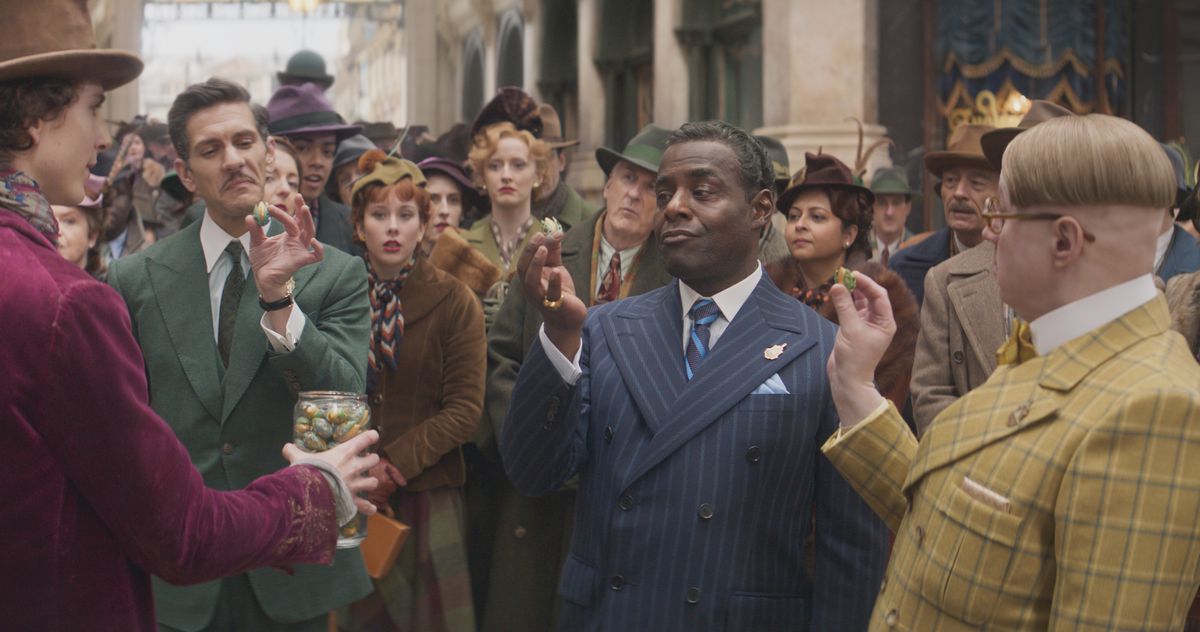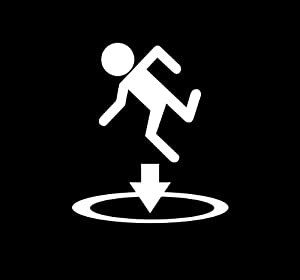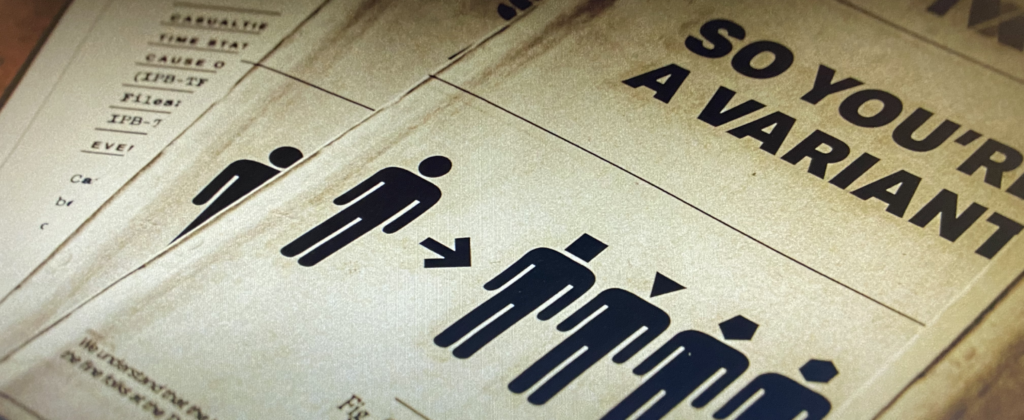As a prequel to the ’71 movie — and specifically not an adaptation of Roald Dahl’s book, for rights reasons — Wonka uses a healthy serving of musical numbers to tell the tale of how and why its quirky chocolatier became a renowned confectioner. In Wonka’s world — a whimsical, unnamed European town — the chocolate biz is dominated by three stodgy companies who collaborate as a secret cartel, fixing prices, paying off cops, and selling inferior product to a public with no other local candy options.
Source: Wonka review: Willy was never meant to be the hero – Polygon
So it’s an allegory about late-stage Capitalism. Got it.
Don’t get me wrong; I’m all there for that.




 Now there’s a new MCU series about Loki on Disney+. It introduces the Time Variance Authority to the universe, which was, in fact, a
Now there’s a new MCU series about Loki on Disney+. It introduces the Time Variance Authority to the universe, which was, in fact, a 

